Mark Camoccio continues his series on Triggers & Trigger Technique with a look at different shapes, weights, adjustments and modifications
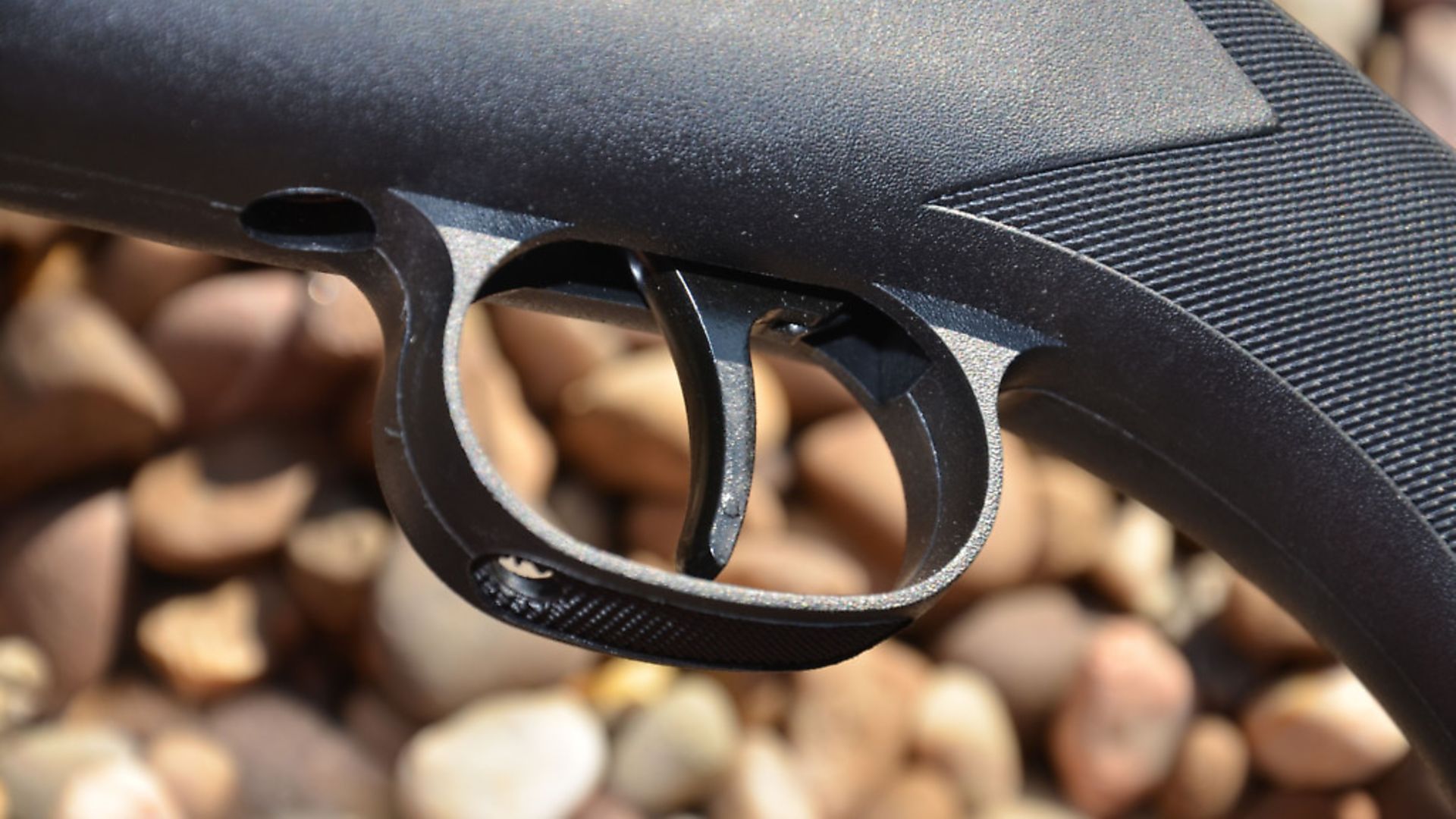 credit: Archant
credit: Archant
Read part 1 of this series here
BLADE SHAPE
Personal preference will always play a part with our kit, and what feels right for one shooter, might be an irritation to others. The traditional curved blade on hunting rifles is probably the most popular, but it is still a source of consternation that manufacturers of cheaper kit at the lower end persist in fitting narrow blades, which when coupled with a heavy pull, will only ever dig into the finger. A wide blade with a flat surface can easily transform feel, yet I’m sure cost little or no more to produce.
One recent trend on certain match rifles, has been for button triggers, and Air Arms adopted this with their FTP900. Here a small, ridged nylon button sits over the usual blade rod, and can be adjusted , twisted, lowered, and moved left or right. The mechanism is so light that the blade will never be a significant negative, but I’m not a fan. My favourite has to be the simple straight blade, with a nice wide flat surface. This is comfortable on the finger, and allows for even spread of pressure.
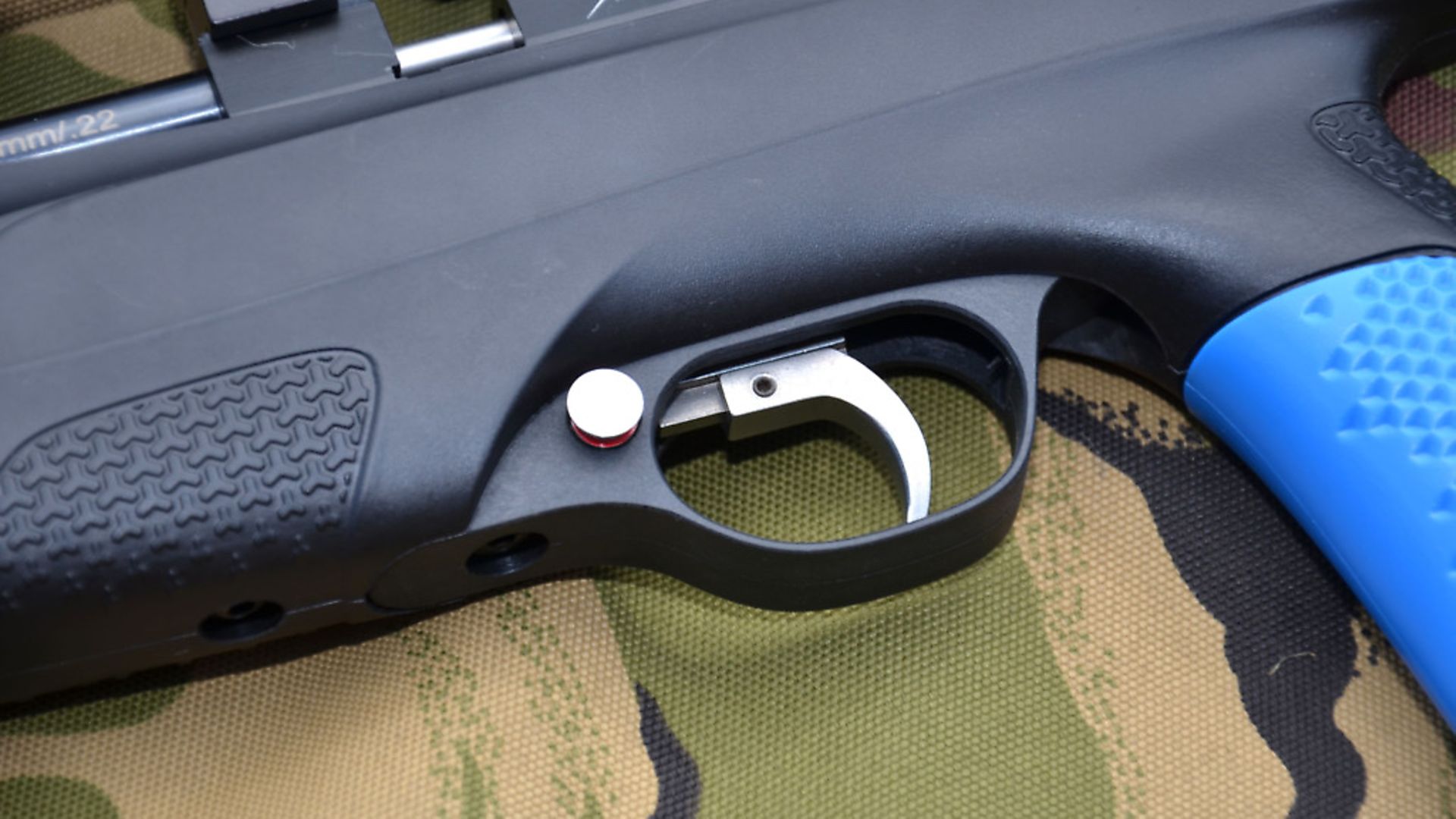 credit: Archant
credit: Archant
PULL WEIGHT AND ADJUSTMENT
I’ve always been obsessed with ultra-light triggers that trip after just a few ounces, and whilst I’m aware that many shooters like the release weight to be far higher, being able to adjust the trigger to suit is a big advantage. Many match units are adjustable for blade position, first-stage pull, second-stage pull, length of first stage, even point of over-travel, but however the adjustments are made, just bear in mind that the result needs to be safe in operation. Only make adjustments if you feel competent enough, and are familiar with the trigger functionality.
On that note, it’s time for a word of warning and a salutary tale. As an inexperienced teenager, I fatefully decided to adjust my Theoben Sirocco. I was one of the very first to have the custom version, fitted with a mouth-watering English walnut stock. I was midway into making adjustments, and with the inevitable decrease in sear engagement, and the rifle cocked and the barrel down, the gun suddenly leapt from my grasp as the sear gave way, and the barrel flew upward under enormous mainspring pressure ... landed on concrete, and split straight through the pistol grip. I can’t remember if I shed a tear, but it was a truly horrifying experience.
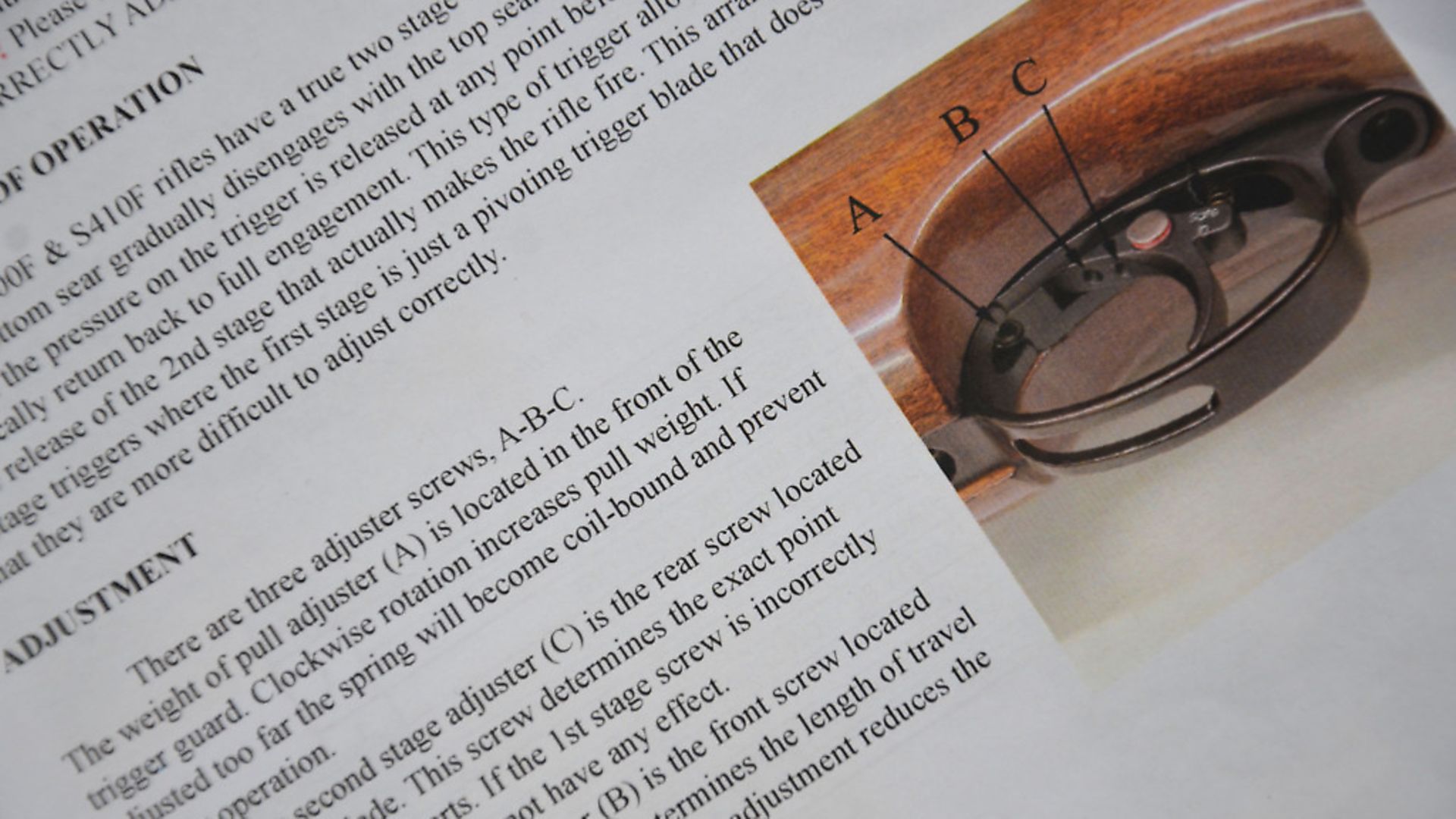 credit: Archant
credit: Archant
DIY MODIFICATIONS
Home DIY enthusiasts might opt to polish the trigger sears and contact surfaces, and the benefits, for those competent and experienced enough to undertake the task, can be significant. By subtly changing the angle of one face on the sear, it can cause the mechanism to trip far more cleanly and predictably, and just cleaning up and removing burrs from the manufacturing process can make everything feel much smoother and sweeter in operation. However, manufacturers will often harden the contact surfaces of the trigger sear’s contact points, which helps to maintain consistent performance and feel, whilst minimising wear on the components over time. DIY modifications can sometimes undermine the integrity of the metal, by inadvertently removing the hardened layer, so it’s just something to be aware of, and best left to experienced tweakers!
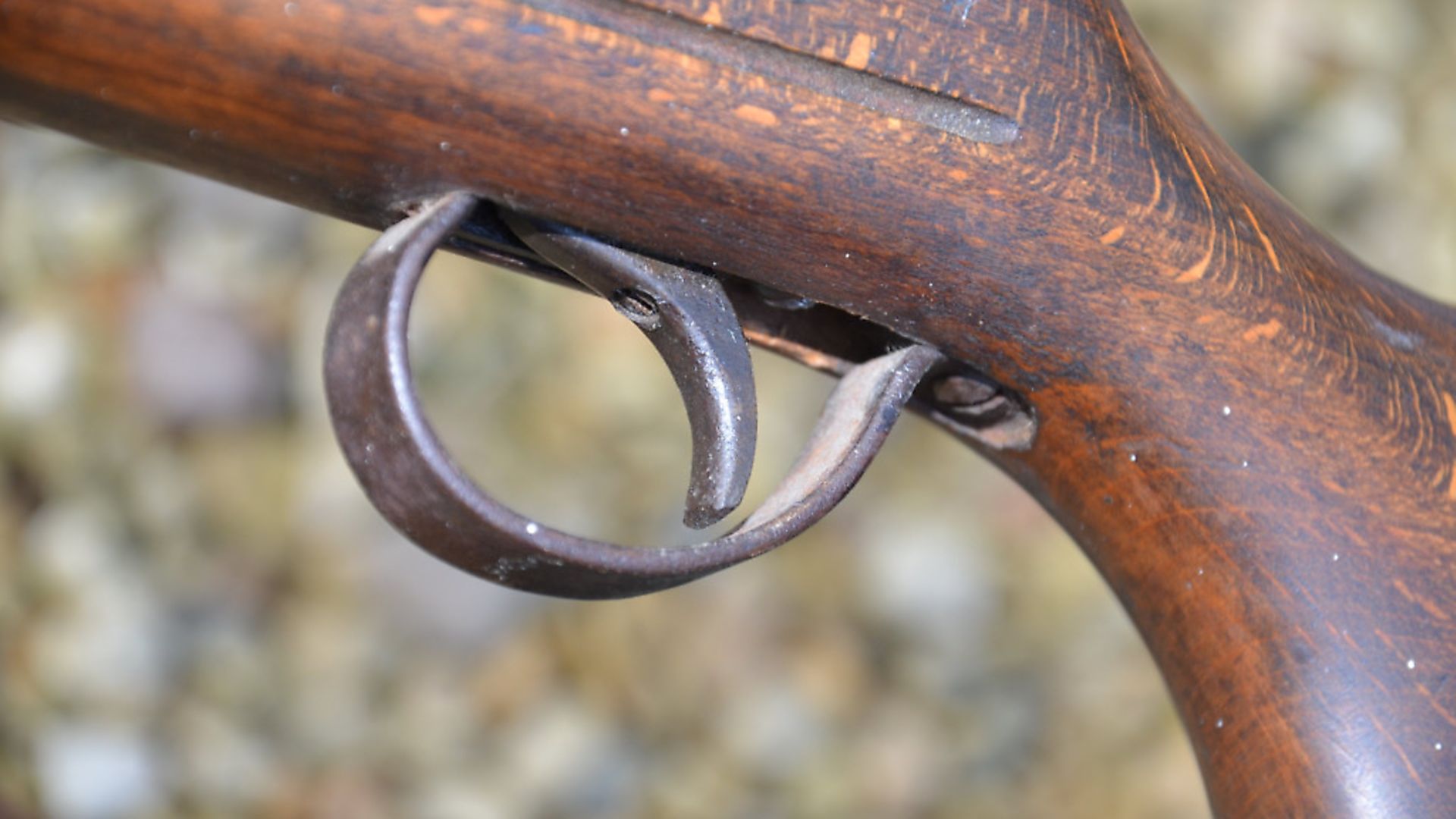 credit: Archant
credit: Archant
OUR FRIENDS ELECTRIC
One fascinating area is electronic triggers, which utilise a solenoid in the process. Here, the trigger blade is pulled back and then the mechanism trips the shot when electrical contact is made, rather than relying on actual pull pressure. Whilst electronic triggers have been around for many years, and various manufacturers have dabbled in this area, there’s no doubt that Daystate, the pioneers of the modern pneumatic era, have led the way in recent times. Daystate’s electronic system of power delivery was an amazing achievement and with it, they have well and truly perfected the electronic trigger in tandem, refining and improving their specification along the way.
Are they the ultimate route to precision shooting? Well, the frank answer is ‘no’. Look to guns that have dominated field target especially, and the likes of Air Arms with their all conquering EV2/ and latterly the FTP900, and Steyr with their LG100 derivatives, have between them, walked away with the lion’s share of silverware. The trigger systems on these rifles are purely mechanical designs; wonderfully precise, and all you could ask for in a fully adjustable match trigger.
Electronic systems in airguns hold great appeal for many, and devotees of this specialised branch of our sport will always espouse the supposed advantages, but the reality is that they aren’t taking over any time soon. What they do offer is a unique alternative system that should be seen simply as an option, not the last word.
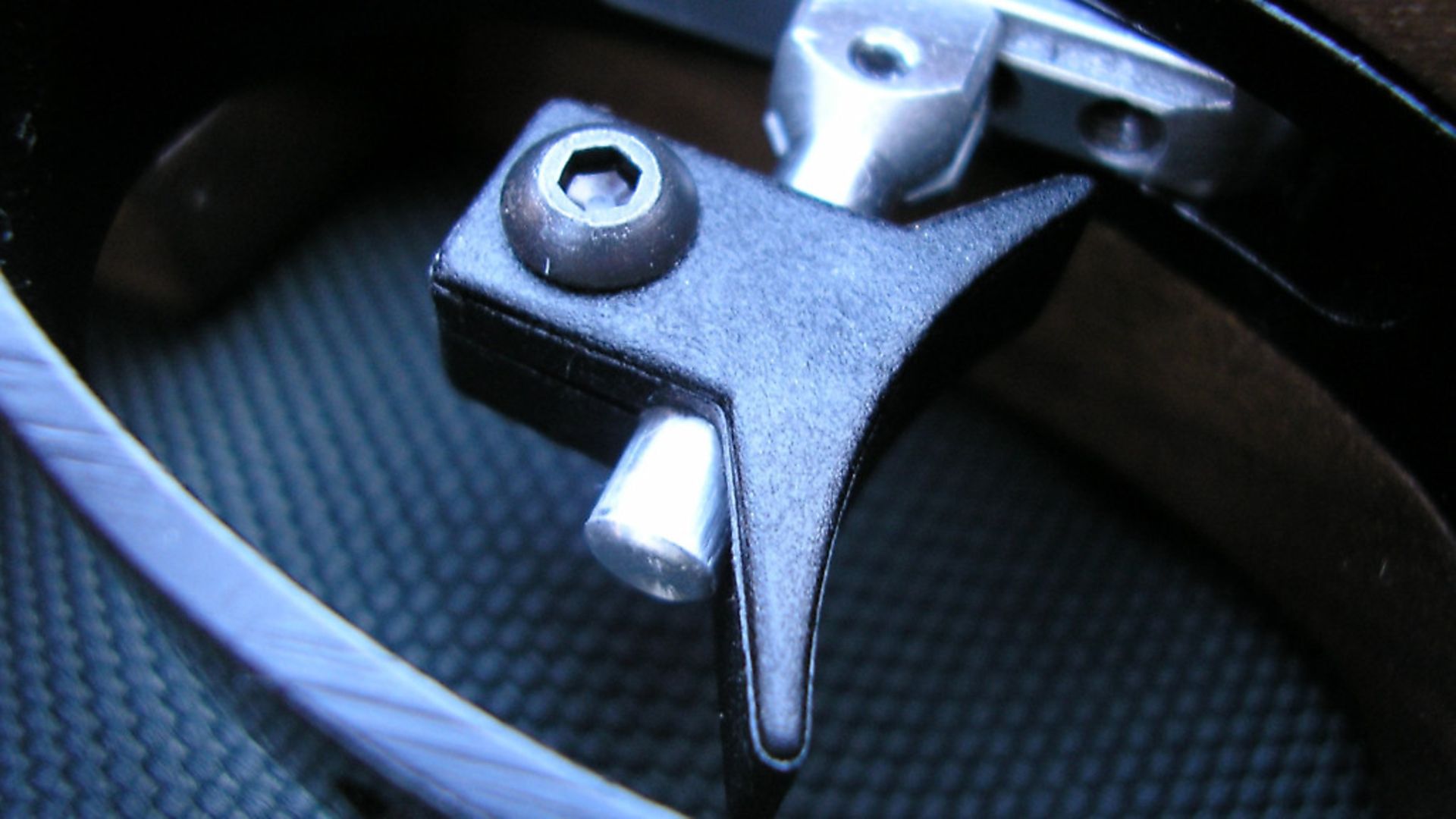 credit: Archant
credit: Archant
TWO-STAGE
Single stage triggers can work perfectly well, and I remember my Airsporter ‘S’ had a wonderfully shaped (curved but broad surfaced) blade, and single-stage operation, that was surprisingly sweet and predictable, but there’s no doubting that a two-stage design is progress.
 credit: Archant
credit: Archant
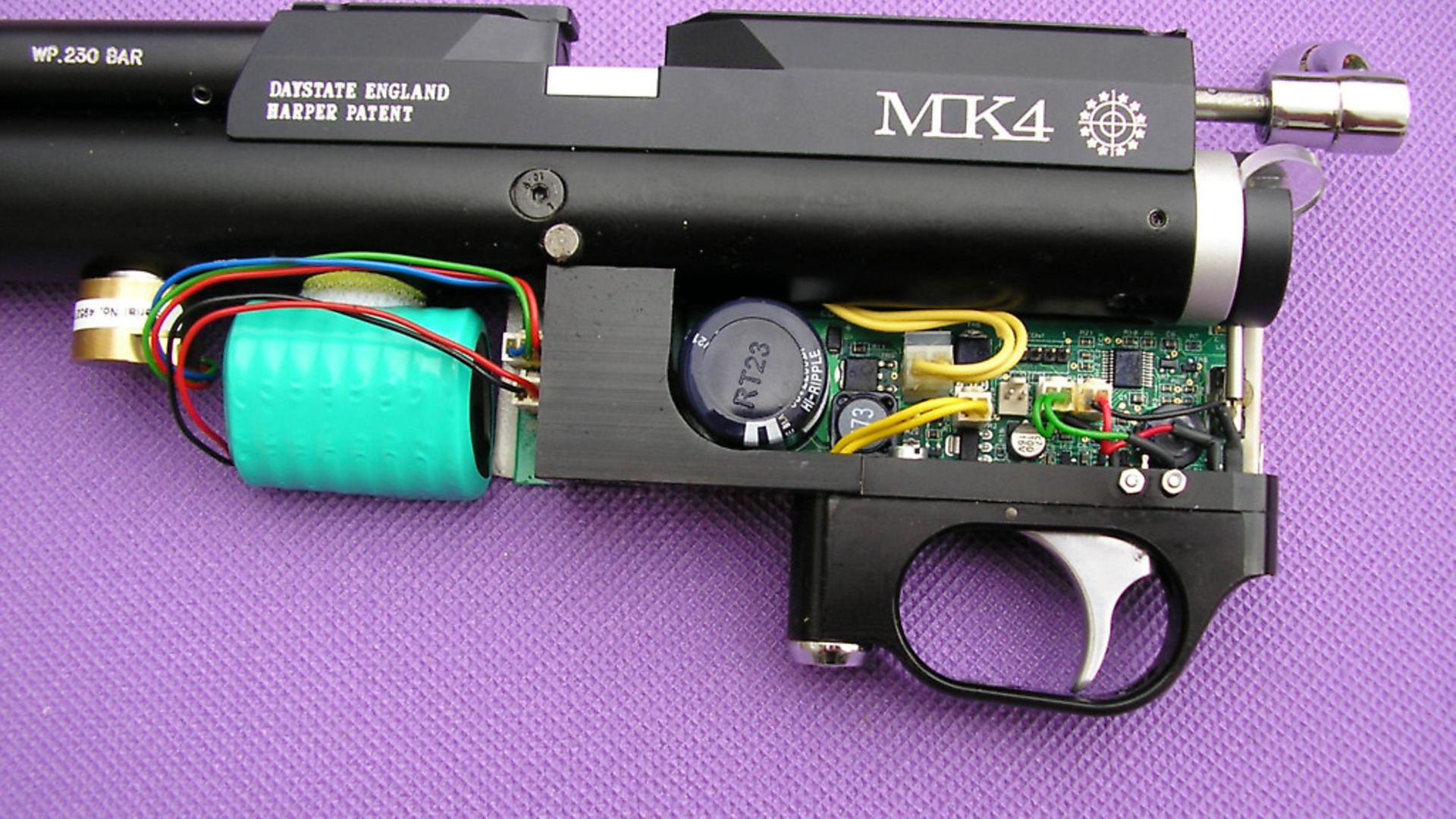 credit: Archant
credit: Archant